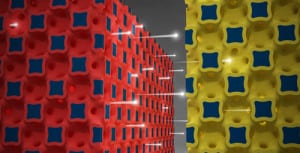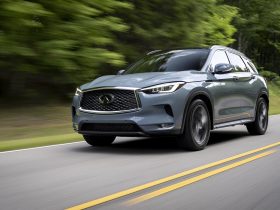
In a perfect world, electric cars, EV, plug-in hybrids, PHEV and hybrids would have electric batteries, mostly lithium coupled with a series of ultra capacitor banks. So how about a battery pack with the best of both worlds?
A few years ago, a company called AFSA Trinity had a surprising hybrid SUV. The off-the-shelf Saturn Hybrid SUV received an extra lithium battery pack behind that also used ultra capacitors, otherwise known as ultracaps. The benefits of ultracaps is that they charge very quickly and equally fast, discharge. The problem is they have little energy capacity, making a purely ultracap electric car impossible. AFS Trinity used the ultracaps to load-balance the demand on the lithium pack. They would deliver the energy burst needed for quick accelerations and would recoup the loss energy quickly while breaking. This also had an added incentive, it put less strain on the lithium pack.
The Best Of Both World. The University of Illinois has been working on finding a best of both world solutions, a lithium battery pack with ultracap capacity. These tiny batteries are not ready for vehicle propulsion but show great potential for cell phones.
Currently cell phone lithium-ion batteries have an energy density around 300 mWh/cc with a power density of about 100 mW/cc. This is obviously not enough to power an electric car. That’s why ultracapacs can play an incredible role in load-balancing the demands on a lithium battery pack, in cell phones, laptop or EVs. With their double-layers, ultracaps offer something a lithium battery can’t do, its delivery rate can go up to 40 W/cc.
The Holy Grail is getting close, at least that’s what we feel every few months when another breakthrough happens. While the price of lithium has gone down over the past decade, using ultracapacitors can help maximize a lithium battery pack. The next step is obviously to hybridize both and keep the best qualities.
For more info: http://news.illinois.edu/news/13/0416microbatteries_WilliamKing.html







